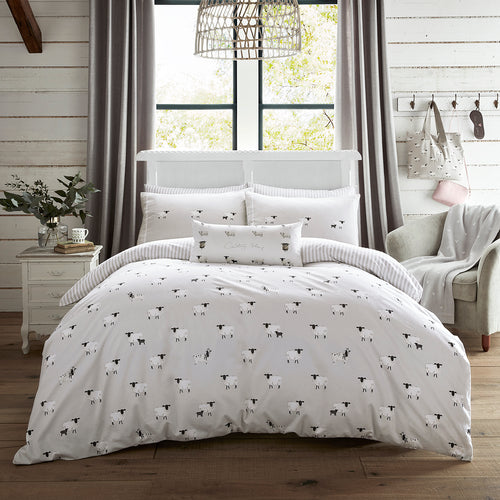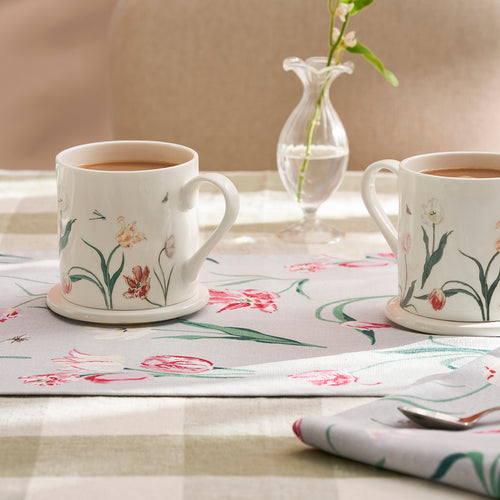Whilst some people hire professionals to decorate their rooms, many of us want to get stuck in and have a go ourselves. Hanging wallpaper is not always easy. It does require a little bit of patience, but it’s totally worth it in the end. You’ll learn a new skill along the way, and your home will be looking its best (if all goes well)! We have put together a little guide for hanging your Sophie Allport wallpaper below!
You will need:
- Wallpaper rolls
- Wallpaper adhesive
- Pasting brush
- Pasting table
- Tape measure
- Wallpaper smoother brush
- Scissors
- Pencil
- Knife
- Spirit level
- Damp sponge
- Stepladder
- Dust sheet for furniture and carpets
Hanging your wallpaper:
- Prepare the wall by removing all traces of dirt, old wallpaper, or posse paper. Do not hang wallpaper on any wall with a history of dampness.
- Absorbent surfaces should be sized with a weak solution of wall covering adhesive. Fill any cracks and allow to dry. Hang lining paper horizontally over glossy, uneven, or contrasting-coloured surfaces. Allow to dry completely.
- Measure and cut lengths allowing for pattern repeat and final trimming. Cut narrow lengths before pasting. All our Sophie Allport wallpaper has a straight match pattern which means the left and right sides line up.
- Paste your wallpaper using an adhesive recommended for wall coverings, ensuring the edges are well pasted.
- Fold lengths loosely and wait for 10 minutes.
- Draw a vertical starting point 50cm from a corner. Starting 50cm away from a corner means that you can start wallpapering from a perfectly straight hanging mark. Some corners are not always straight, and the 3cm you have leftover will allow you to avoid imperfect corner junctions.
- Position on the wall and slide into place using a brush or sponge to remove air bubbles.
- Trim any excess materials.
- Match and hang subsequent lengths with a butt join. A butt join should leave no ridges at all but needs a little extra care. The edge of one strip of wallpaper should be butted up against another, however, if they are forced together too tightly, it can form a ridge, and if they are not tight enough, it may leave a gap. You can use the palm of your hands to position the paper carefully.
- Wipe off excess paste immediately with a clean, damp sponge. Allow the wall covering to dry out naturally.
Have you redecorated recently, or are you planning to decorate soon? We'd love to hear your top tips for styling and decorating your room! Let us know in the comments below. If you haven't already, then check out Sophie's lovely wallpaper, which is sure to add a stylish touch to any home interior.









